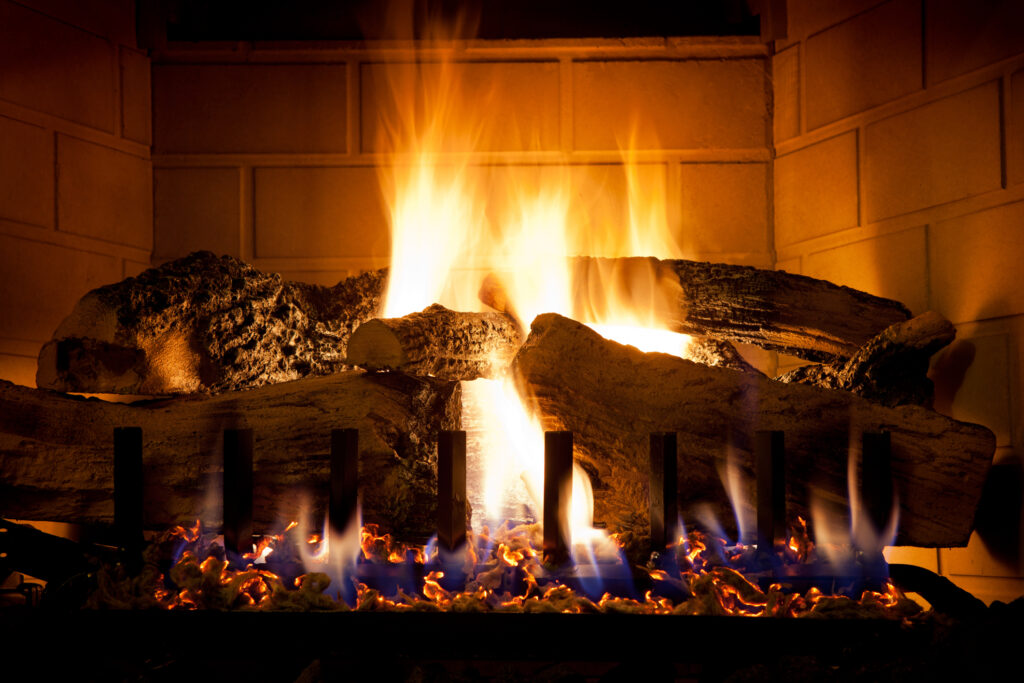Chimney Sweeping
Or Call Us on 01360 660111
Chimney Sweeping Services across Glasgow & all of Scotland
At Scottish Stove Centre, we take pride in offering professional and meticulous chimney sweeping services across Glasgow and the wider Scottish regions. We guarantee no dust or mess—there’s no need for you to move furniture, provide dust sheets, or worry about cleaning up afterwards. Our expert team handles everything, ensuring your chimney is cleaned to the highest standards.
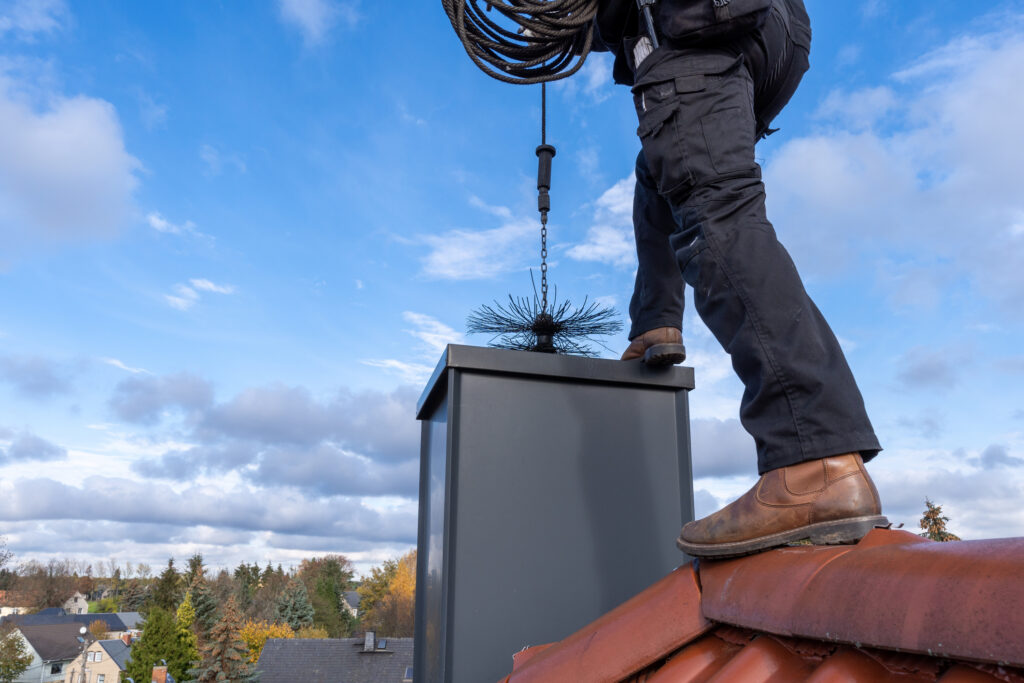
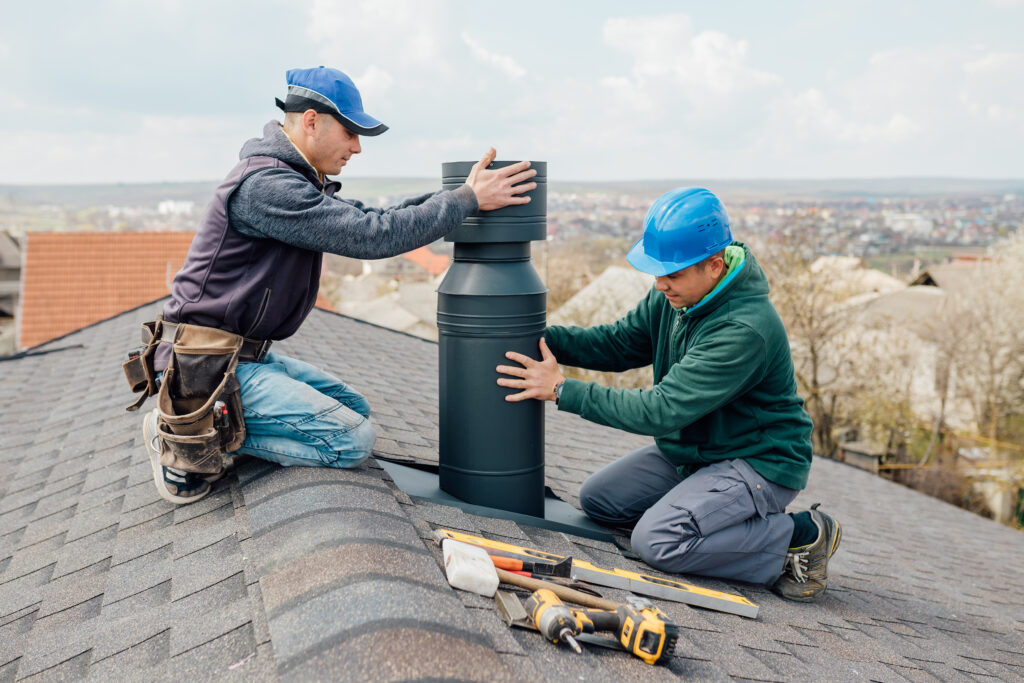
What's Included in a Chimney Sweep?
At Scottish Stove Centre, we cater to all types of fireplaces and stoves, ensuring thorough and effective chimney sweeping for every system, whether it’s a wood-burning stove, multi-fuel or gas
For optimal safety and performance, we recommend having your chimney swept at least every 12 months. Regular cleaning helps prevent dangerous buildup and ensures your system operates efficiently.
For Stoves:
Our thorough chimney sweep/ service includes:
- Chimney Cleaning: Removing all tar and soot deposits in the flue.
- Chimney Cap Inspection: Clean and inspect the chimney cap where accessible.
- Fire-Brick/Vermiculite Inspection: Visual check of fire-brick, vermiculite linings, and throat plate(s).
- Door Seal Check: Inspect the rope seal on the stove door to ensure optimal performance during the burn period.
- Glass Cleaning: Remove tar and soot deposits from the stove glass.
- Lubrication of Moving Parts: Apply copper grease to any moving parts that require maintenance.
- Manufacturer-Specific Service: Check manufacturer guidelines for any specific annual service requirements (may require manufacturer’s paperwork on-site).
- Smoke Test: Perform a smoke test to ensure proper draft and safety.
- Completion Certificate: Issue a dated certificate of completion, identifying any areas of concern. If necessary, further paperwork will be provided for any recommended repairs or maintenance costs.
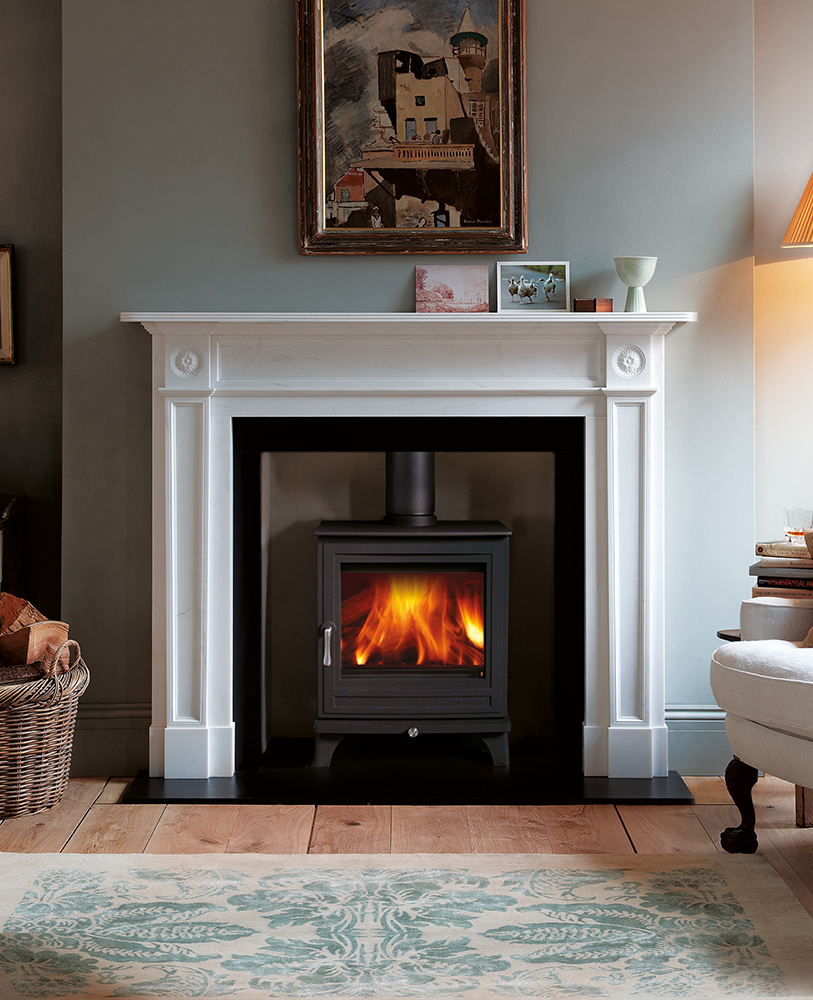
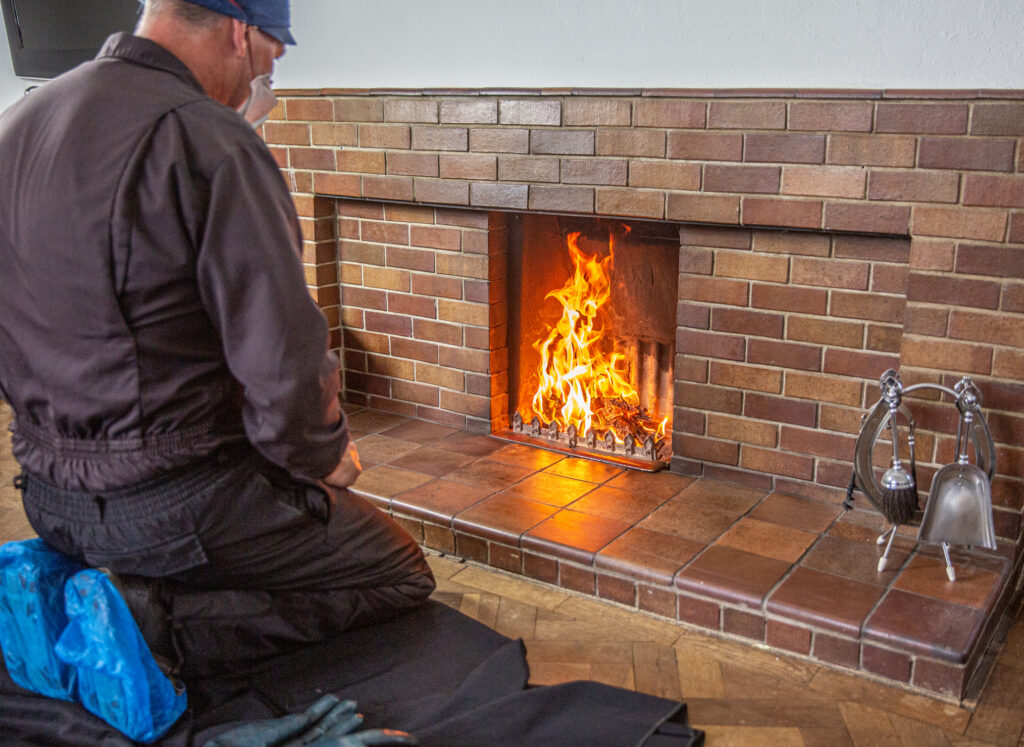
For Open Fires:
Our open fire chimney sweep service includes:
- Chimney Cleaning: Removal of all tar and soot deposits from the chimney/flue.
- Chimney Cap Inspection: Clean and inspect the chimney cap where possible.
- Dust-Free Sealing: Seal the fireplace to prevent soot and dust from entering your home.
- Visual Inspection: Full visual inspection of all relevant appliance components.
- Smoke Test: Perform a smoke test to verify the chimney’s safety and performance.
- Completion Certificate: Issue a dated completion certificate, outlining any issues or areas of concern. We will provide additional paperwork for any recommended corrective work and associated costs.
For DFE (Decorative Flame Effect) Gas Fires:
Chimney Sweeping: Removal of all tar and soot deposits from the flue and chimney to ensure safe and efficient operation.
Chimney Cap Inspection: Cleaning and inspecting the chimney cap (where accessible) to ensure proper airflow and prevent obstructions.
Dust-Free Sealing: Sealing the fireplace to prevent soot and dust from escaping into your home, keeping your living area clean.
Smoke Test: Conducting a smoke test to verify the flue’s function, ensuring it is safe and performing properly.
Completion Certificate: Providing a dated completion certificate that highlights any concerns or maintenance needs. Additional paperwork will be provided for any necessary repairs, along with estimated costs.
With every service, we prioritise attention to detail and your safety. For expert chimney sweeping and peace of mind, trust Scottish Stove Centre.
